There is some debate in performance building circles, particularly in the Passive House community as to whether or not you can add enough insulation below a concrete floor to eliminate the need for heating it. We have been on the fence about this and leaned to both sides at different times, but it seems we have now fallen off the fence, and landed on a warm floor. Read more here about radiant floors and designing for thermal comfort.
Life is short they say, unless of course your feet are cold, then it will seem much longer. The floor of the LEED V4 Platinum Edelweiss House is insulated to R32, more than 3 times what is normally used in new builds. This seems extreme to some, but that is simply because floors are chronically under-insulated and any addition to that can be a foreign concept to lot of builders.
Having a heated floor is not an argument against greater insulation, it is actually the opposite. You wouldn't say "I don't need to insulate my roof much, because I'll be heating the air in my house". Read more here about the importance of balancing insulation for energy efficiency.
Heating a floor increases the temperature differential between the concrete and the ground below it, which increases the rate of heat loss. Contrary to common beliefs, heat does not rise. Warm air rises, but heat goes everywhere. You need only pick up a hot coffee in a ceramic mug to answer this question for yourself. Does all the heat come out the top? Is it cold on the bottom? Absolutely not. Heat radiates from all sides, including the bottom. Your basement floor behaves the same way.
A heated floor will warm your feet and the air in the house (making it rise), but it will also be heating the ground below your house, and like any exterior surface of your home, the less insulation you add the more heat you will lose.
We have installed a radiant heat system with the intent of keeping the floor at a more comfortable temperature, but we rely on a small ductless heat pump (3 times more efficient on average) to heat the air. This may sound like redundancy, but these systems combined cost less to install than what you would spend for other full house high-efficiency heating systems.
See other videos such as DIY radiant floor tube installation and episode 1 of our green home building guide, how to build a passive solar home .
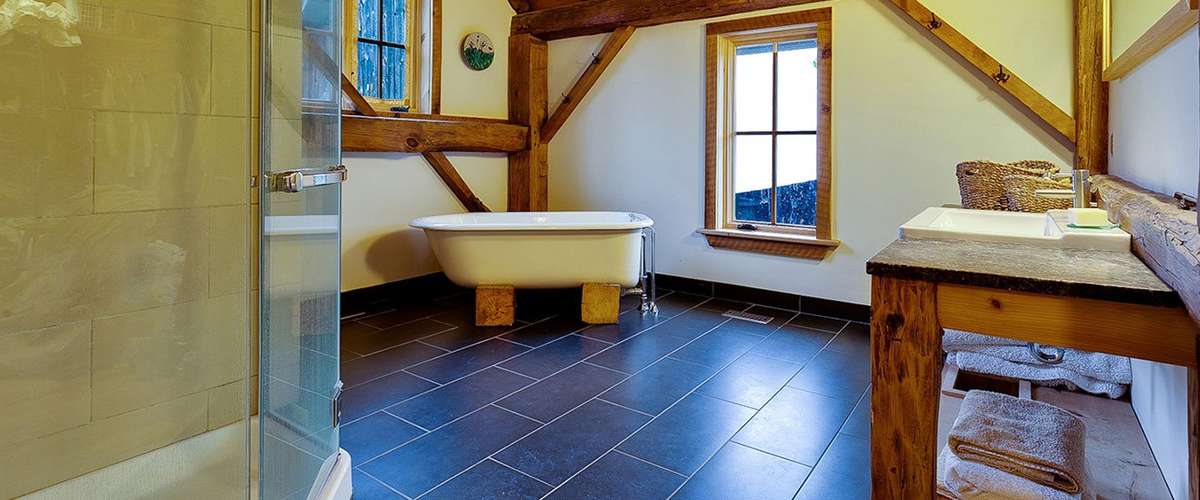















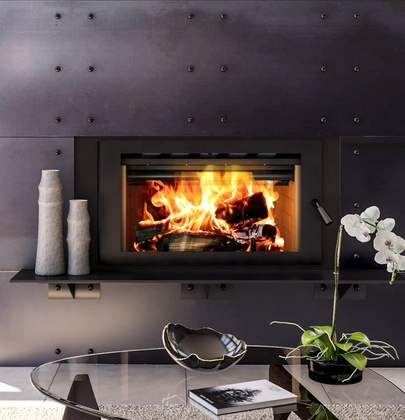

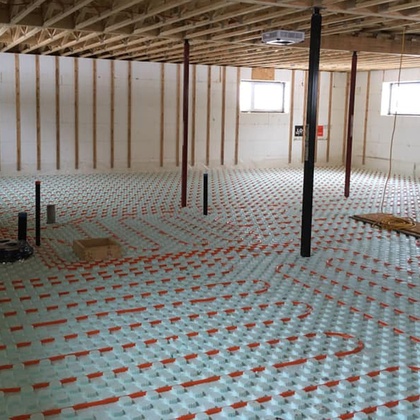
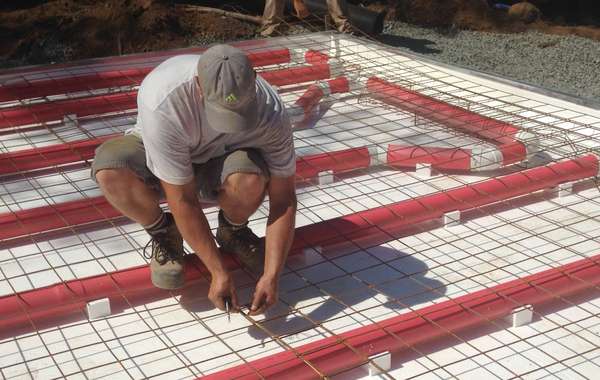
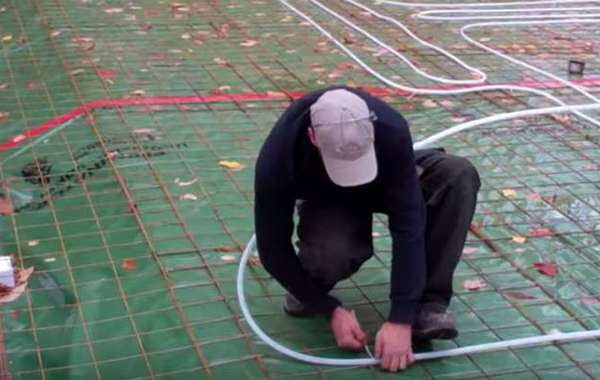
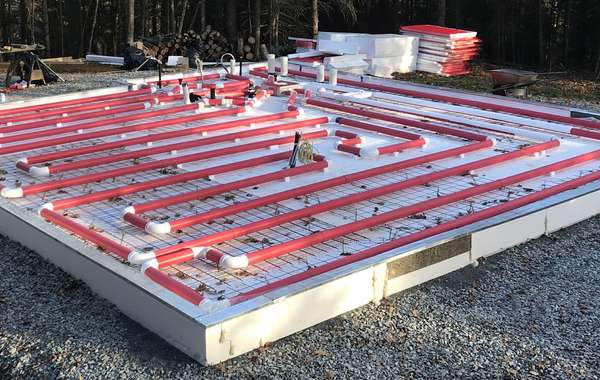
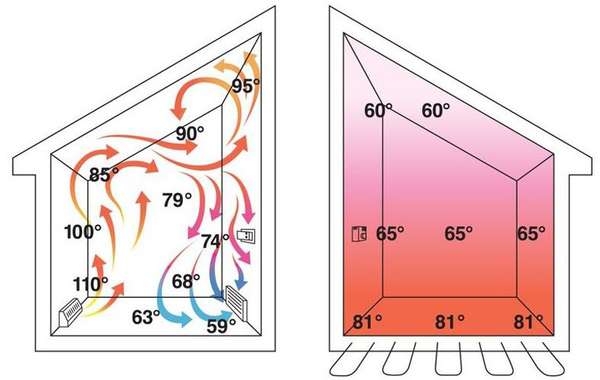
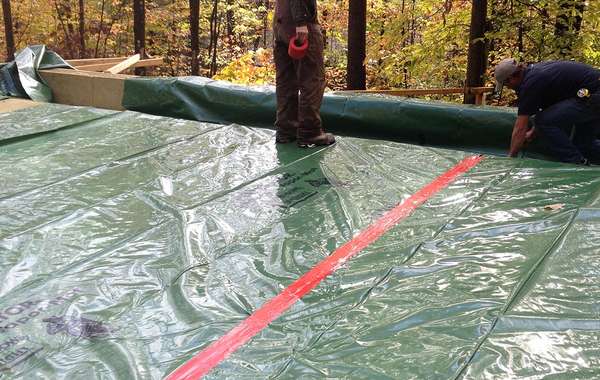
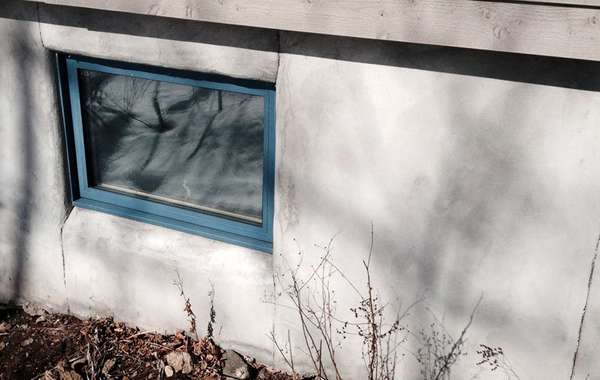
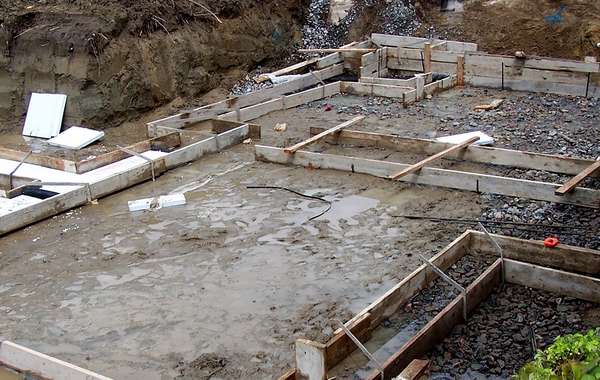
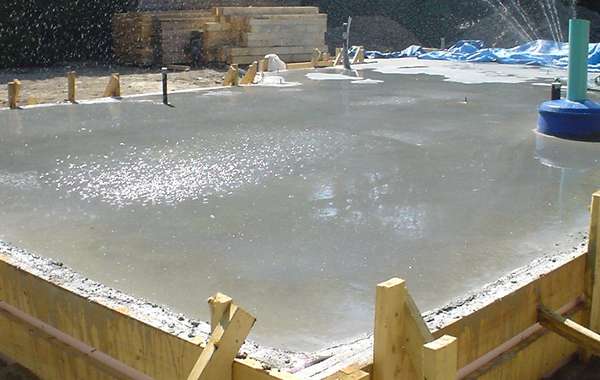
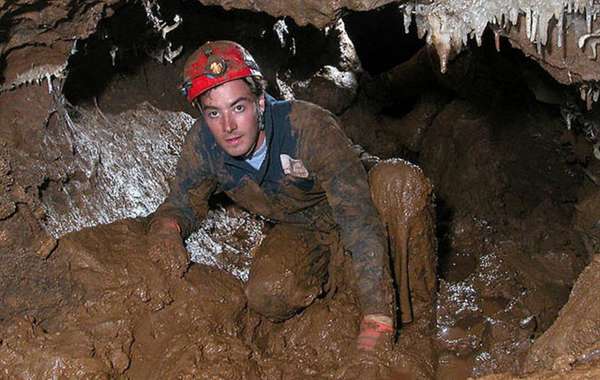
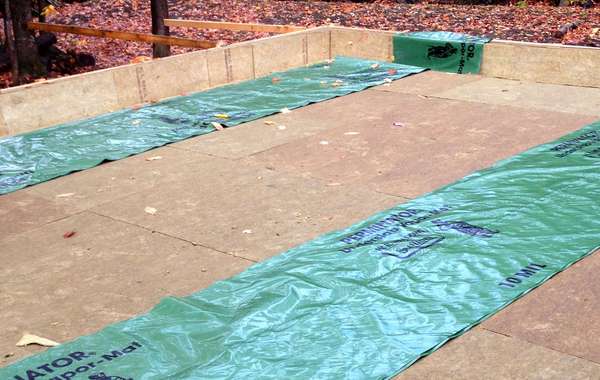
If the radiant heat floor is supplimental in nature is there a reason an electric infloor system was not installed? The same zones apply minus cost/maintenance and install of pumps, boilers and reserve tanks - and full control of when it's on
Hi Tyrell,
There is nothing wrong with the electric wire floors, but as for cost, those are usually the more expensive type in our experience. Since the boiler is electric there’s no real difference in carbon footprint or operational cost, or comfort and even distribution really, it's more about install price. Of course there are always new advances and products coming out so if you know of an electric wire system that is more affordable than hydronic let us know.
I would agree with you however about full control, when you shut off a hydronic system there is a lot of latent heat in the water in the tubes, so they are prone to overheating at times, especially when the sun starts beaming in the windows.
We also like air-heated floors as well, they as well are less prone to over heating and have other advantages over hydronic.